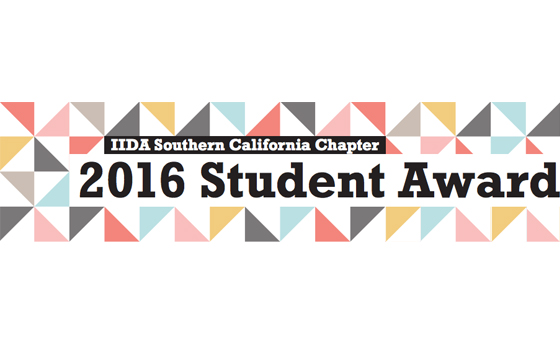Eco Retreat Lab: Costa Rica Environmental Study Abroad
- Sustainable Development
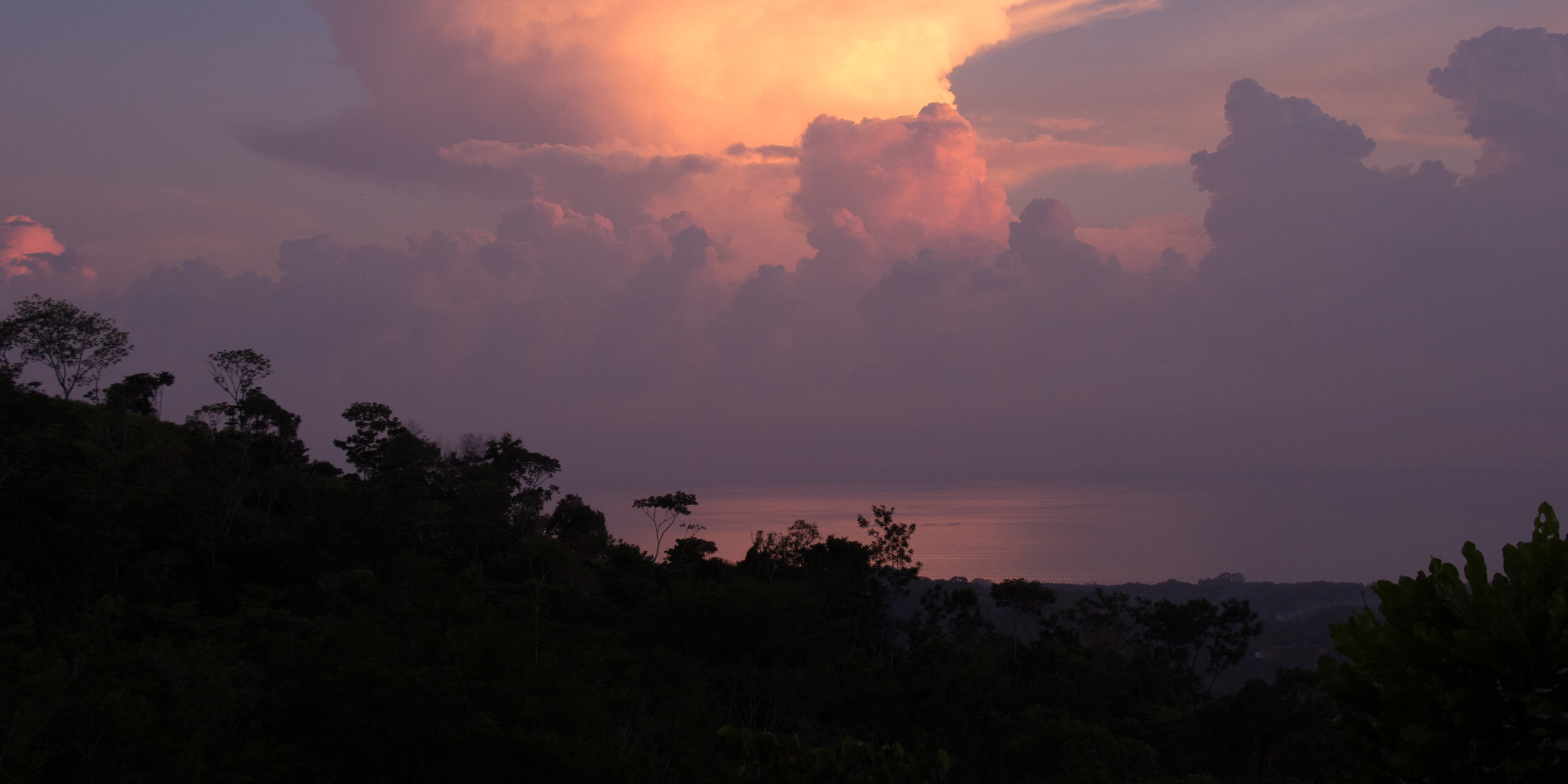
Summer 2015
In the summer of 2015, the Environmental Design Department, in collaboration with Designmatters, sent ArtCenter students to Costa Rica on an eco-retreat lab to directly explore the rich tropical landscape and the concepts of biomimicry, an innovative study of incorporating the natural world into man-made design and sustainability aspects. Drawing on their personal experiences in the jungle wilderness and utilizing the inspiration of nature, students returned to the Pasadena classroom to imagine and create sustainable resort/vacation complexes in the Costa Rican rain forest that would appeal to unique audiences.
Project Overview
ArtCenter students spent nine days exploring the natural landscapes of Costa Rica, and also toured sustainable lodging accommodations that combine local materials and eco-cultural sensitivities to create intimate and desirable destinations for tourists all over the world.
Students dove deeply into the innovative Six Life Principles and discovered how humans can draw upon nature’s design when creating items and processes that will be well adapted, efficient and sustainable as well as architecturally beautiful.
Through a variety of field trips, exercises and projects, students were immersed in the country’s personality, land and people, experiencing first-hand the motto of Costa Rica: “Pura Vida” (pure living). More than just a saying, Pura Vida is a way of life that encourages the balance between work and recreation through strong community connections and living in harmony with the Earth.
Upon their return, students translated their experiences into final projects – creating a remote vacation complex that would have a specific target clientele, incorporating elements of biomimicry, sustainable sensitivity to the surroundings, and offering an unforgettable Costa Rica experience.
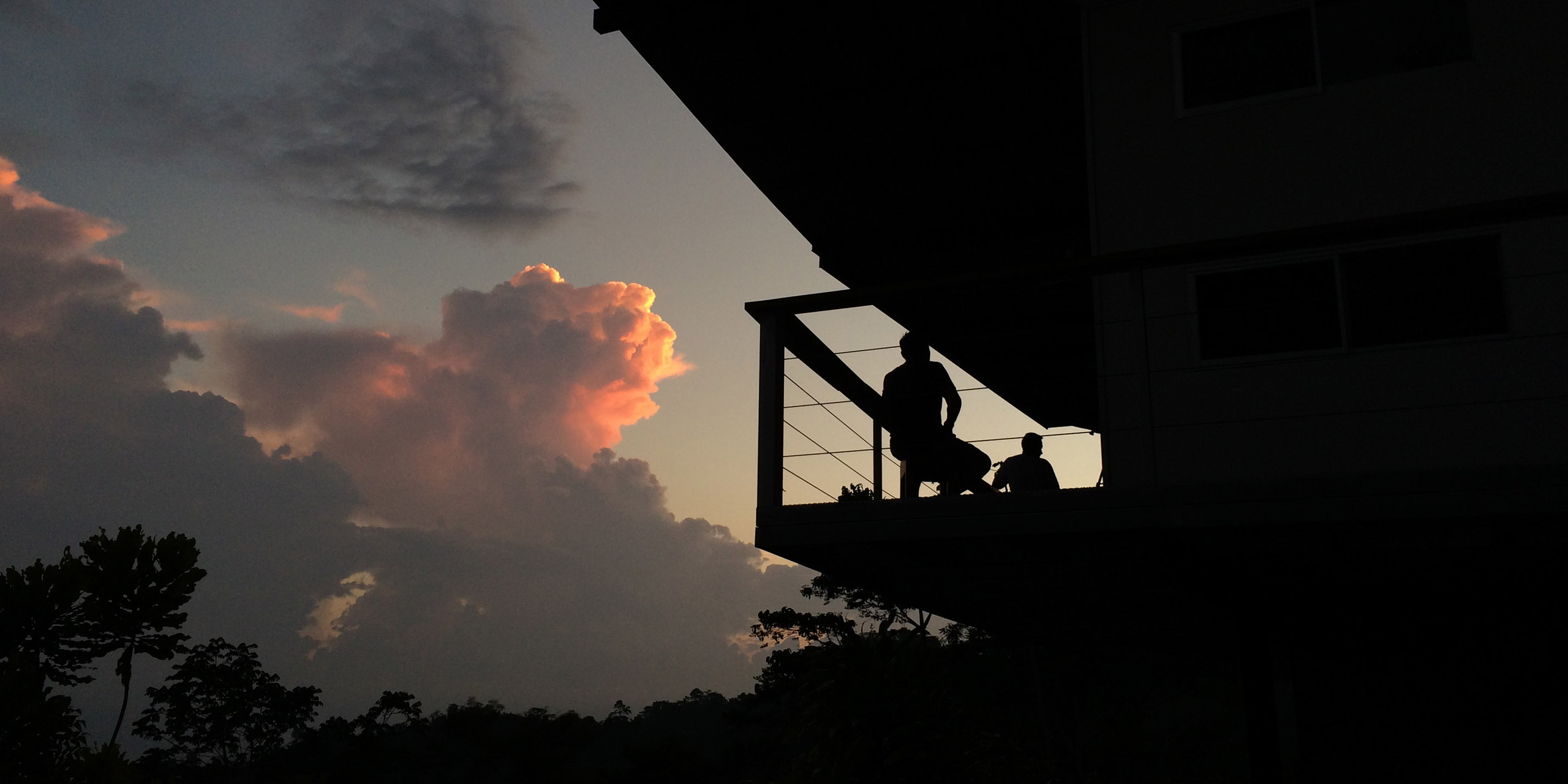
“The ultimate goal for the students was to understand the symbiotic relationship between humans and nature. Not just studying biomimicry but understanding the symbiosis part. Can we do this and give back to the system, so we sustain our natural resources? It’s a philosophical way of thinking.”
– James Meraz, Professor, Environmental Design
Background
Costa Rica is internationally known today for its beaches, volcanoes and tremendous biodiversity of plant and animal life. With coastlines on both the Caribbean and Pacific Ocean, this Central American country is home to more than 500 species, representing nearly 4 percent of the total species worldwide. It’s one of 20 countries with the highest biodiversity in the world.
Costa Rica’s humid jungles are rich in wildlife including spider monkeys, blue morpho butterflies, giant sloths, dramatically-colored helicona plants, eccentric walking palm trees and more. Hundreds of these species are endemic to Costa Rica, a country that is about the size of West Virginia.
Over the years, Costa Rica established itself as one of the most stable, prosperous and progressive nations in Latin America known for its liberal environmental policies and booming ecotourism. Thanks to the country’s easy proximity to developed nations via convenient air travel, international tourists view Costa Rica as a desired destination for luxury vacations and eco-friendly recreation.
Costa Rica is the most visited nation in the Central American region (2.3 million foreign visitors in 2012) and has an extensive national parks and protected wilderness areas. The country’s commitment to the planet-positive tourism industry weaves together sustainable methods and local community involvement with a strong emphasis on maintaining a biologically sensitive footprint.

“When we were there [in Costa Rica] we became a family, helping each other create and take our own experiences and give them to each other, including our concepts and creations. Knowing someone else’s experience really helped me understand where I was going with my project. The communal experience allowed us to have more than just one experience.”
– Alex Akopova, Student, Environmental Design
Research and Project Development
Art Center students spent nine days in Costa Rica, and for many students this trip was their first experience in an extreme wilderness location that often included jungle noises, large insects and a hot humid climate. Students hiked, kayaked, rode horses and swam as well as toured local eco-retreat centers discovering what makes these tourist lodges successful and sustainable.
Students went on daily excursions to learn about the ecosystem and how nature engineers an interconnected and interdependent system in which every creature, plant and microbe play an integral part in the balance. During studio times, lessons on local flora and fauna provided numerous examples of the intelligence of nature to provide shelter, food and more to a diverse cross-section of needs.
Activities filled the students’ daily agenda: field trips, studio time, presentations, and more field trips. Students sketched models, created life cycle analyses, designed small environment shelters and were introduced to the Six Life Principles that guides natural life to survive and thrive:
- Adapt to Changing Conditions
- Be Locally Attuned and Responsive
- Use Life-Friendly Chemistry
- Be Resource Efficient
- Integrate Development with Growth
- Evolve to Survive
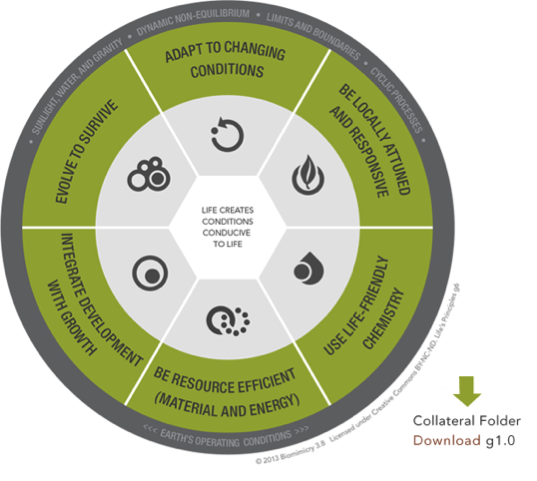
The Six Life Principles gave students a richer understanding of the interconnection and adaptation of the natural world – and how those principles can be used in designing human structures, items and systems.
In Costa Rica, students kept a research journal – inspired by the Grinnell Journaling Method of field observations – that contained preprinted prompts which encouraged thoughts, sketches and retrospection. Students engaged in exercises which honed their observational skills and presented them with opportunities to explore biomimicry concepts. Journals were designed as a personal experience, but students often clustered in groups after an excursion to discuss and share with each other their ideas and observations.
Finally, students were led to a location upon which their eco-retreat would be created: a mountain-top area about 15 minutes from the beach in a heavily vegetated rain forest which regularly receives rain storms and hot afternoon sunshine. Students studied the area and started formulating ideas and concepts.
Once back in the Art Center classroom, students began the process of refining and honing their visions. Weekly presentations to fellow students along with personal one-on-one with the instructors guided their ideation into more tangible and realistic models. Instructors advised students to seek inspiration from notable architects, explore resources that would be appropriate for their project design and thoughtfully experiment by further researching a particular aspect.
The final projects combined elements of biomimicry, sustainably sensitive to the surroundings, and presented authentic experiences of the Costa Rican Pura Vida.
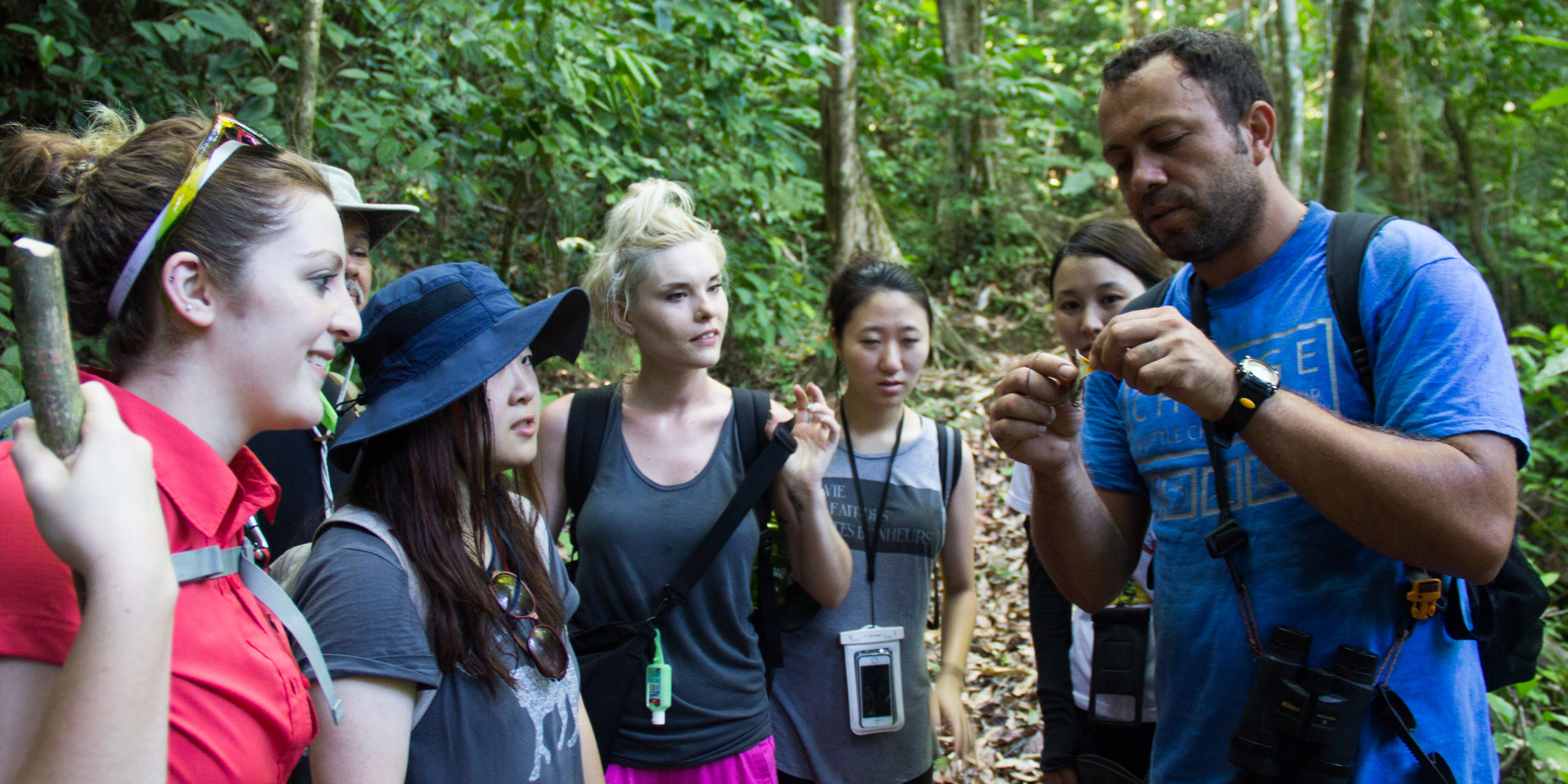
“I loved to go jogging, and immediately after coming back from Costa Rica, I went out for a run. I found myself looking at everything intensively. There is a lot of resemblance here to what we discovered down there: plants, seed pods, insects, things you take for granted in your daily life. Nature is all around us here, too. We forget to look for it so many times.”
– Emily Nyburg, Student, Environmental Design
Project Outcomes
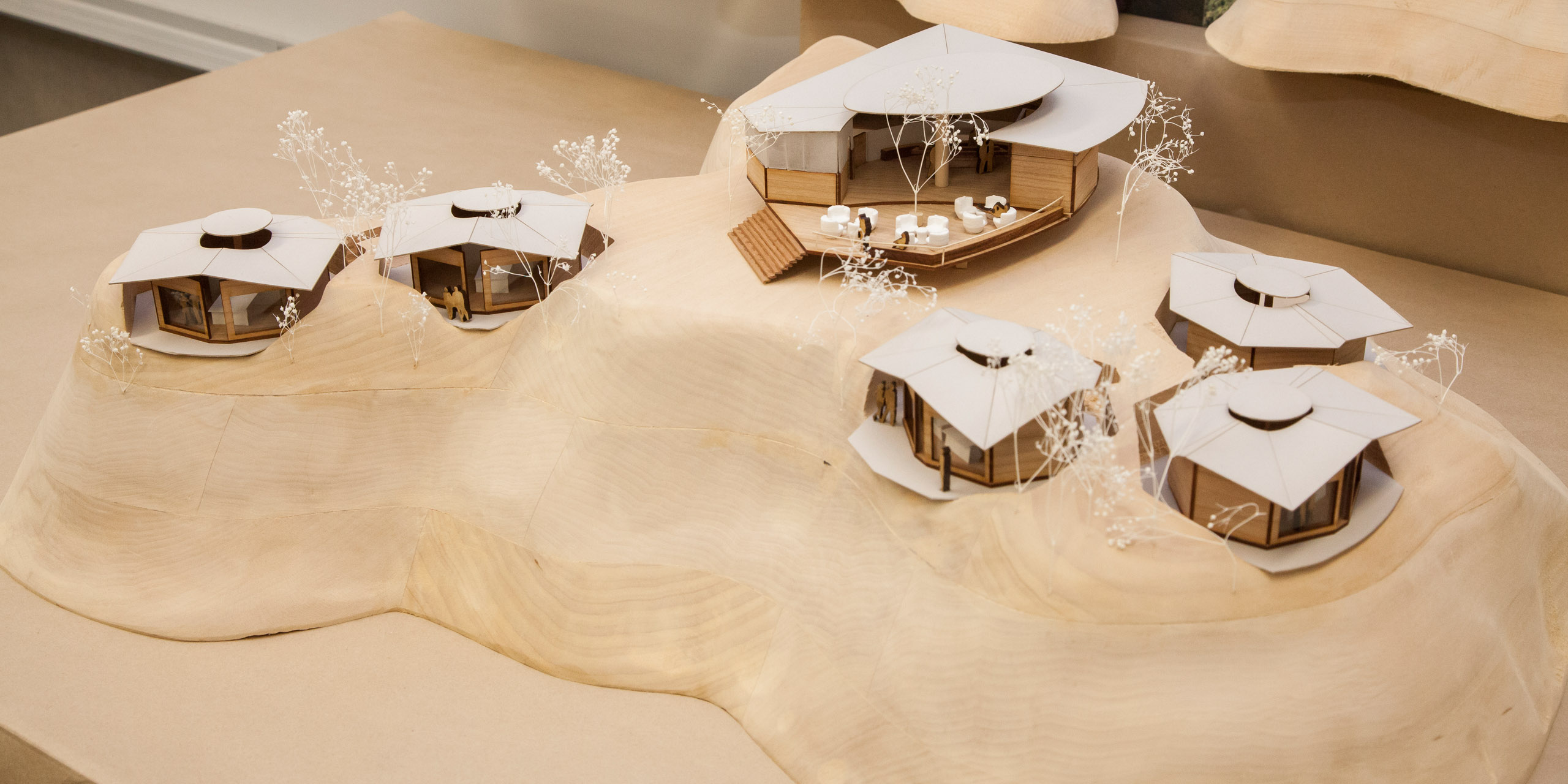 close
close
Seis Cuentos
Read moreRachel Moore
Bringing to life the Six Life Principles, Seis Cuentos is a multi-lodge journey; guests travel from a basecamp through five distinct accommodation locations that each present activities related to a specific fundamental life concept. Lodge designs are inspired by a life principle and will be fashioned from sustainable materials such as concrete, recycled steel, etc. The basecamp will include social spaces, a library, lecture room, work space and cocktail bar.
 close
close
Diquis
Read moreEri Kawaguchi-Murphy
Meaning “Great Water” in the language of Costa Rica’s indigenous people, Diquis connects visitors to nature via eco-tours, thrill-seeking activities and sensory experiences, including exposure to the local culture and communities. Outside the main lodge, an elaborate water fountain/feature includes an ancient Diquis Sphere, a stone sculpture crafted by the extinct culture as a way to connect past to present. Triangular-shaped cabenas, inspired by morpho butterfly wings, contains a passive cooling system.
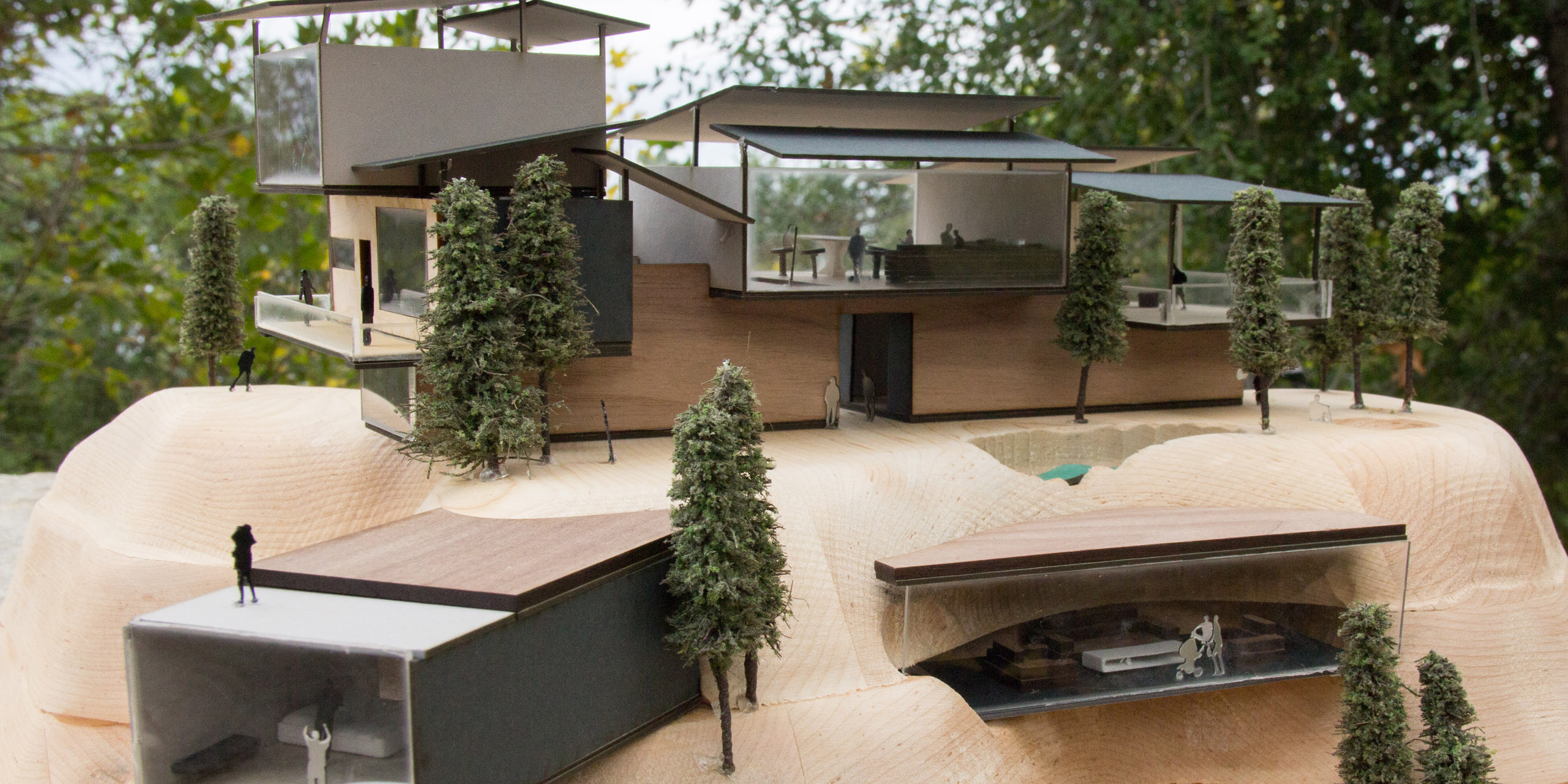 close
close
Hidden
Read moreCooper Dai
This sensory and wildlife retreat, carved into a mountainside, is geared to families of all ages for reunions, special occasions and/or deep bonding time. Accommodating only two families at a time, the three-leveled lodging facilities have private and communal spaces. In a kitchen area, guests are encouraged to cook with each other using local ingredients to create uniquely Costa Rican meals; a nearby coffee lounge, bar and pool also invite social interaction. Guest rooms offer different views of jungle scenery. Powered by solar energy, the retreat center also has rainwater collection and natural cooling systems.
 close
close
Cariba
Read moreJune Eum
The healing power of medicinal herbs for body, mind and spirit is the theme of this eco-retreat that takes its name from one of Costa Rica’s lobster-clawed heliconia plants. Guests are treated to healthy meals and can join in lectures and walks on how to collect and prepare native herbs. Each cabena includes an indoor herbal garden (watered by a rainwater collection system) and a private herb-steamed spa area where guests can use herbal preparations they have earlier created. Cabenas are pod-shaped, resembling the flowered bract of the heliconia plant.
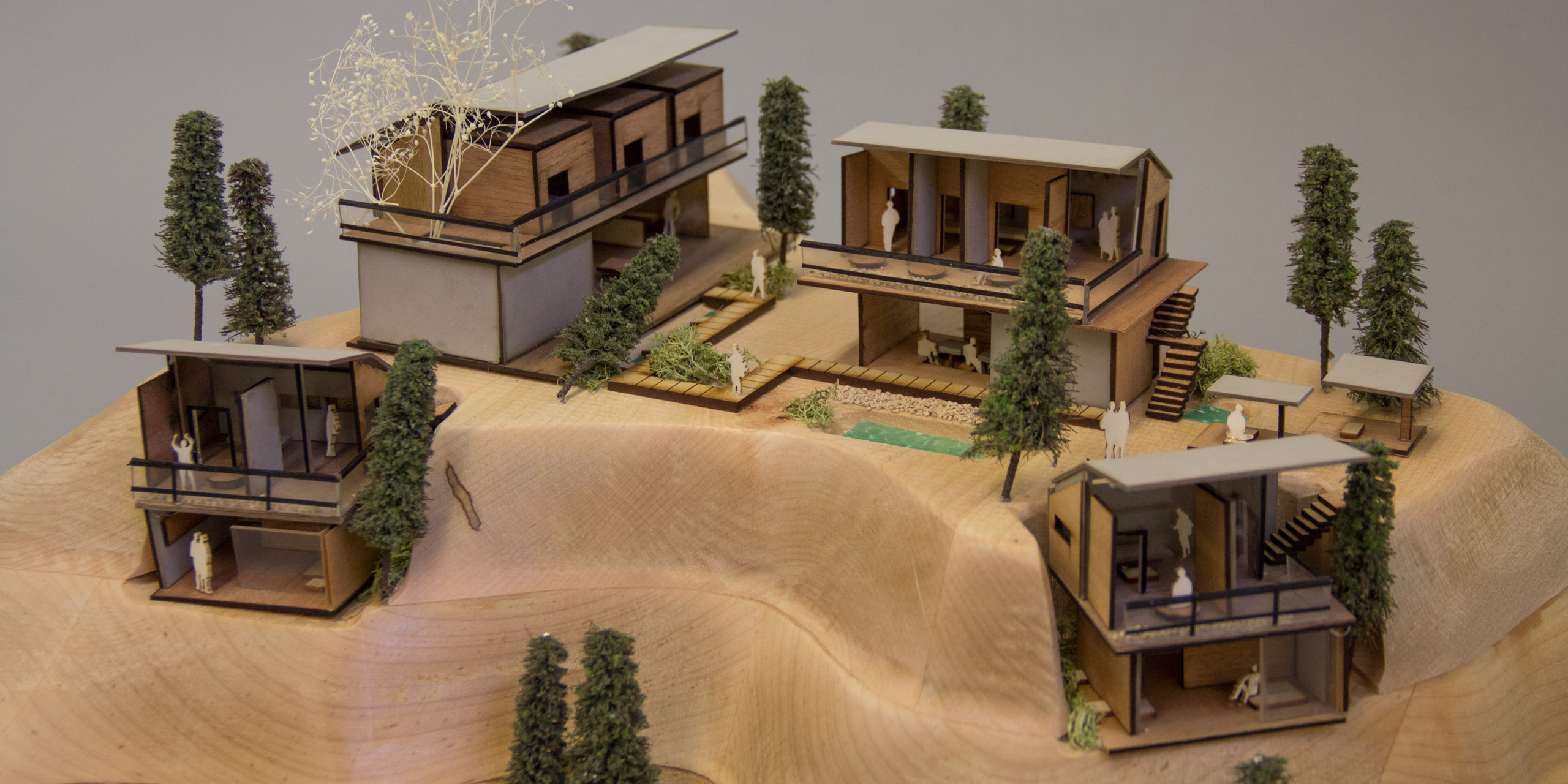 close
close
Azul
Read moreRensi Ying
Focusing on the properties that make for a long healthy life, Azul welcomes guests to recharge body, mind and spirit. Inspired by Dan Buettner’s book, “The Blue Zone: Lessons from Living Longer from People Who Lived the Longest,” this jungle experience offers time and spaces for meditation, yoga and healthy meals. Four buildings make up the retreat center, with the kitchen, reception and teaching areas on the first floor. Three guest rooms are on the top level that also features outdoor showers and a spacious ventilation system.
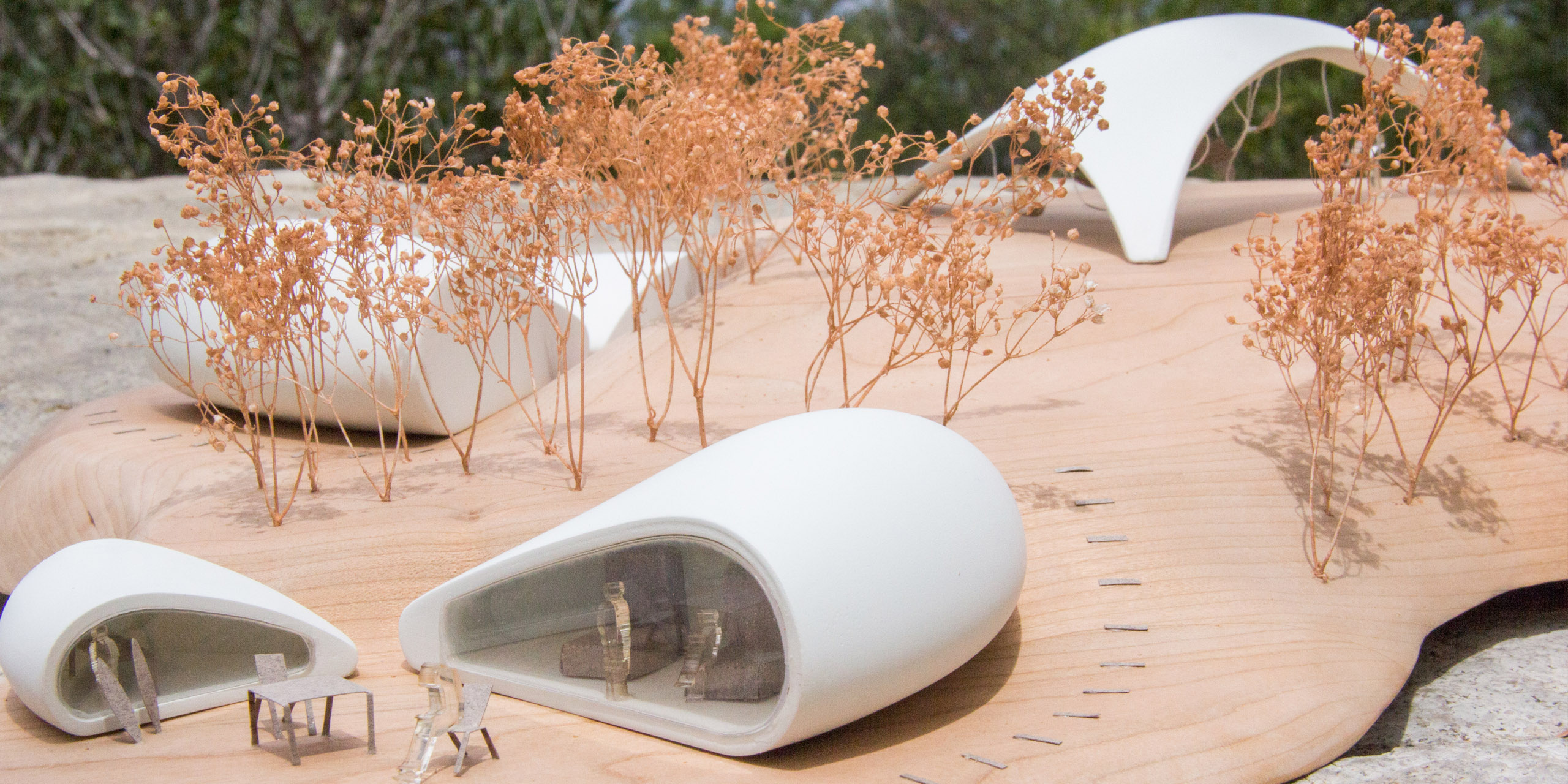 close
close
Wav
Read moreAlex Akopova
A lodging experience for surfers, Wav is a modern reinterpretation of the classic beach shack. Wav’s three guest pod/rooms are minimalistic accommodations that include areas for waxing surfboards and drying wet clothing. In addition, all rooms are situated with views toward the ocean – which is a short jeep drive away. A gathering social space, the Hub, is an assortment of hammocks strung underneath an outdoor curved wave structure. Surfers can purchase surfboards made out of local mushroom root (mycelium) and board shorts, inspired by palm leaves,that naturally repel water.
 close
close
Los Arboles
Read moreEmily Nyburg
Los Arboles is a lodging experience that enlists eco-volunteers who travel to Costa Rica to help re-plant areas of the country ravished by deforestation. Guests check in at the main base facility situated high in a local Guanacaste tree; then walk over suspended bridges to their tree house pods which are temporarily positioned. After a reforestation project is complete, pods will move to another area in need. Volunteer/guests gather in the main lodge’s planning rooms to learn about the day’s activities and meet locals who also work to bring back lost forested areas.
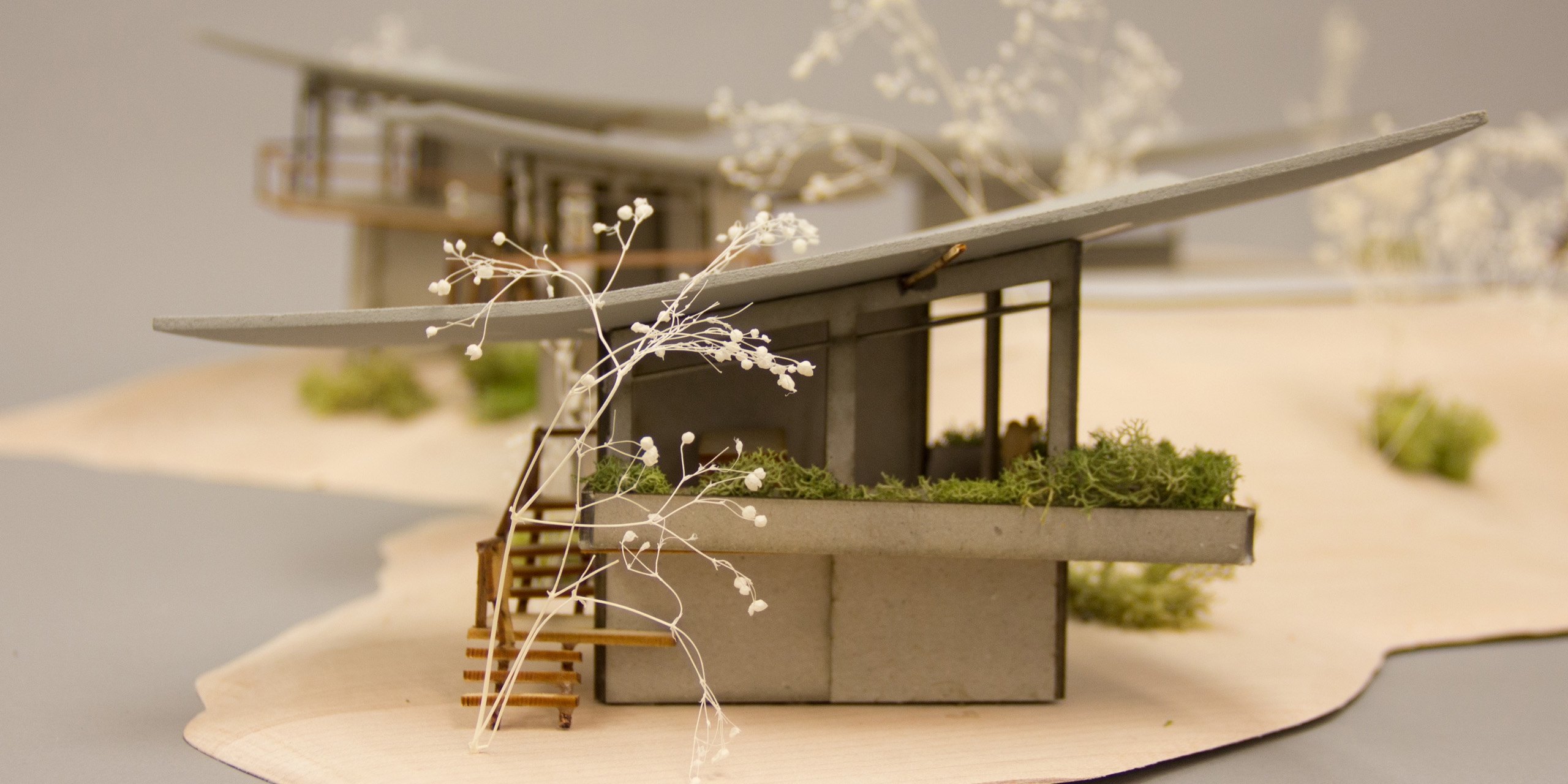 close
close
Aspect Retreat
Read moreRyan Van Noy
Focused on corporate team-building through sport and recreation, Aspect Retreat offers mental refreshment for creative work forces seeking a truly unique company bonding experience. Activity directors and guides organize all facets of daily excursions and experiences for the team including transportation, meals, equipment, etc. The retreat center consists of four 2-person cabenas situated around a pool. An onsite work studio and outside seating areas are available for brain storming sessions and other work-related meetings. A rainwater collection system on the roof helps keep the cabenas cool in the heat of the day.
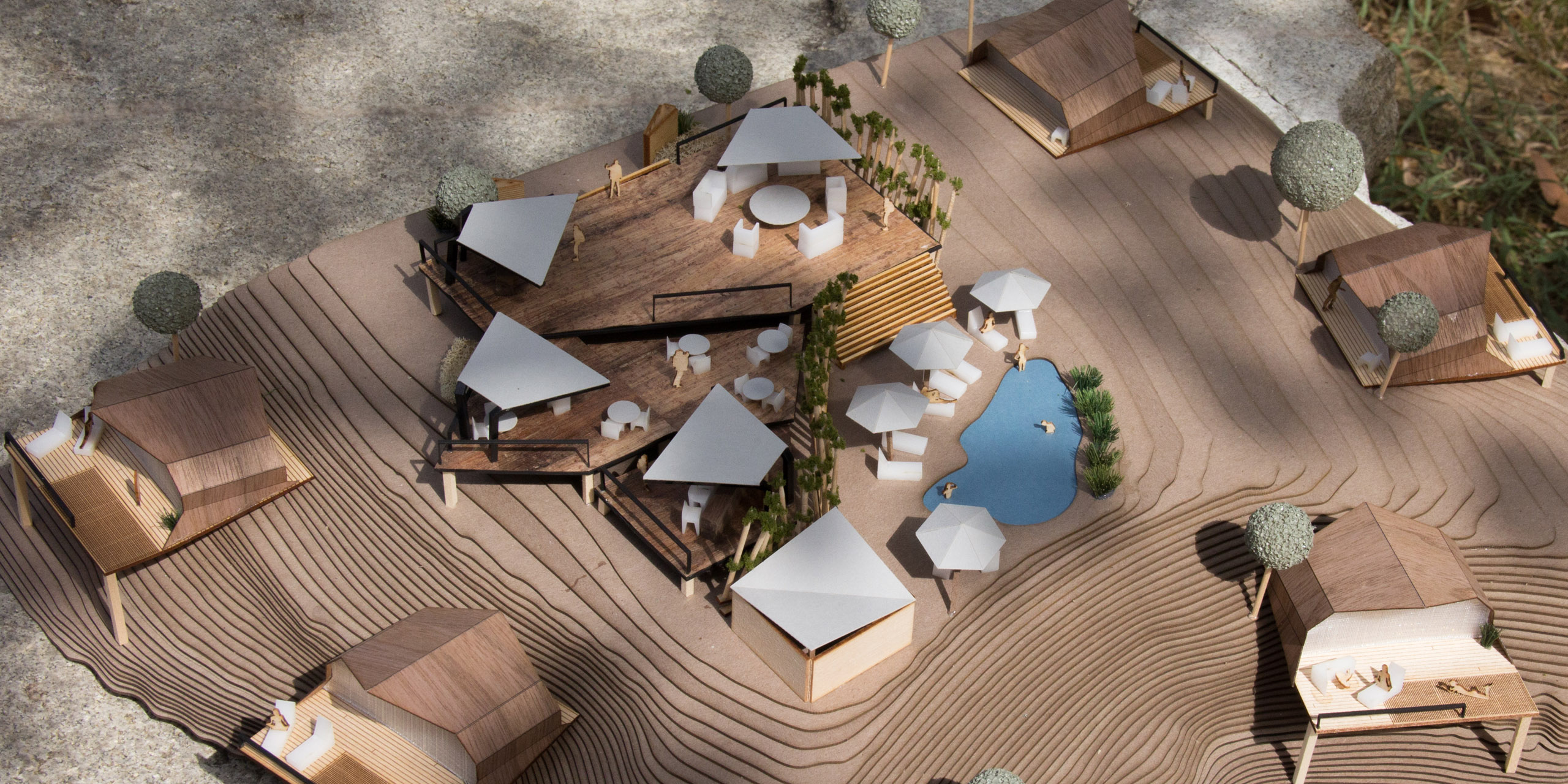 close
close
Sonatero
Read moreAllie Kollias
A luxury eco-based vacation destination, Sonatero is an intimate resort that features sustainable concepts and amenities as well as integrated technology. The main facility acts as a base camp for daily adventures; visitors return and share photos, videos and comments via an e-guest book in the lounge area. All six cabenas are elevated off of the topography and feature walk-in showers with stunning views. Motion-controlled cameras are placed around lodging areas to alert when wildlife is near. The lodge is built using invasive yellow bamboo and features rain barrel collection, composting toilets, and roofs pitched at angles for maximum shade during hot afternoons.
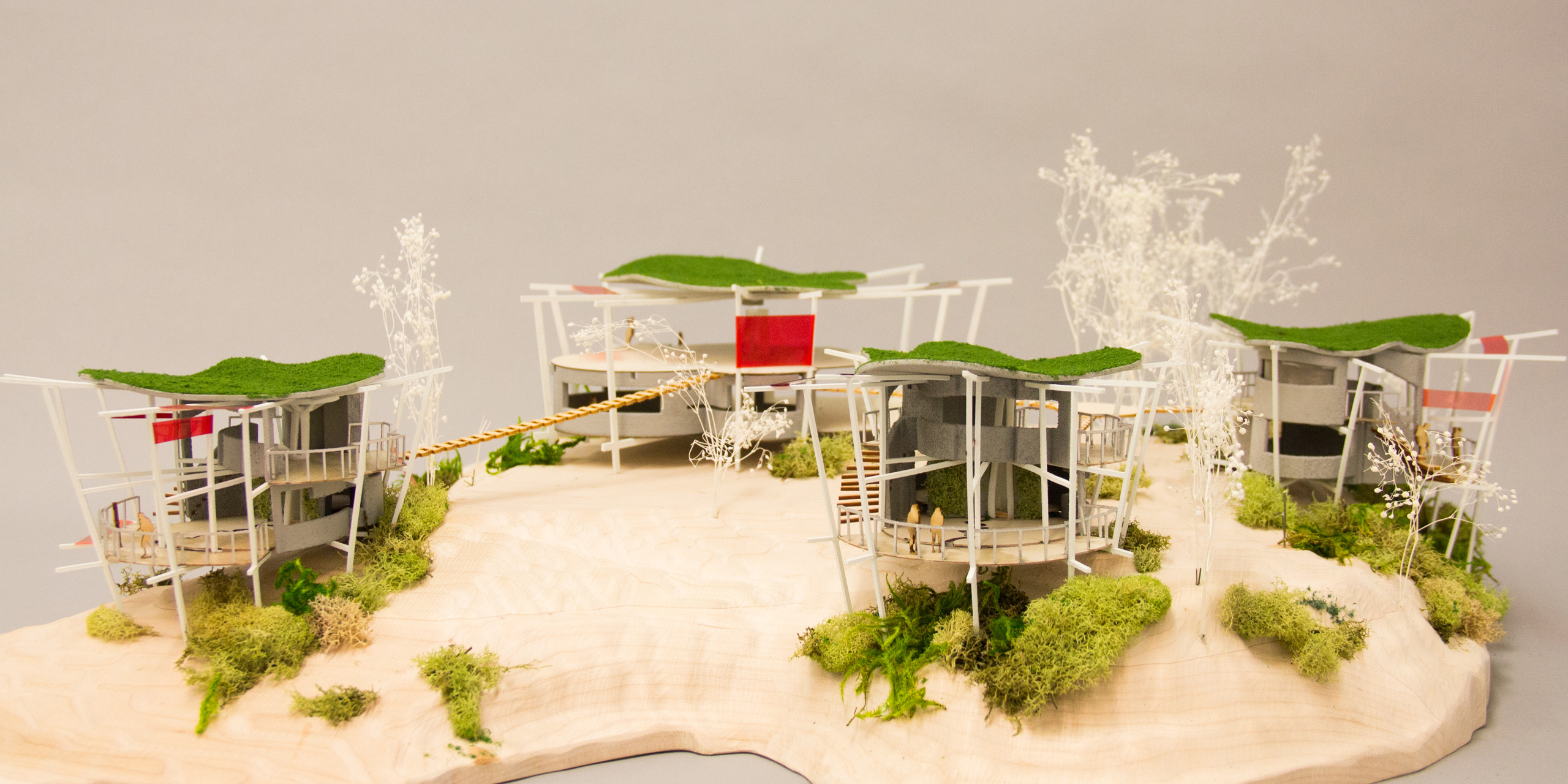 close
close
The Terminal
Read moreMike Rito
The Terminal is the jumping off point for guests to create a long-lasting connection with the natural world. Hosts plan complete itineraries for visitors, presenting them with choices of heart-pounding, adrenaline-pumping activities that will become transcendent, possibly life-changing, experiences. The lodge facilities incorporate indoor/outdoor spaces giving guests a sense of vulnerability to the closeness of nature. Rooftop vegetation gardens keep structures cool; rainwater filters down the roof, through walls and rooms acting as a cooling system.
“What impressed me most about the students is how they read the information in different ways; how they took information and shaped it for different types of users, and how they solved the same problems for users in different ways. It’s interesting all the different levels that came out.”
– Javier Palomares, Faculty, Environmental Design
